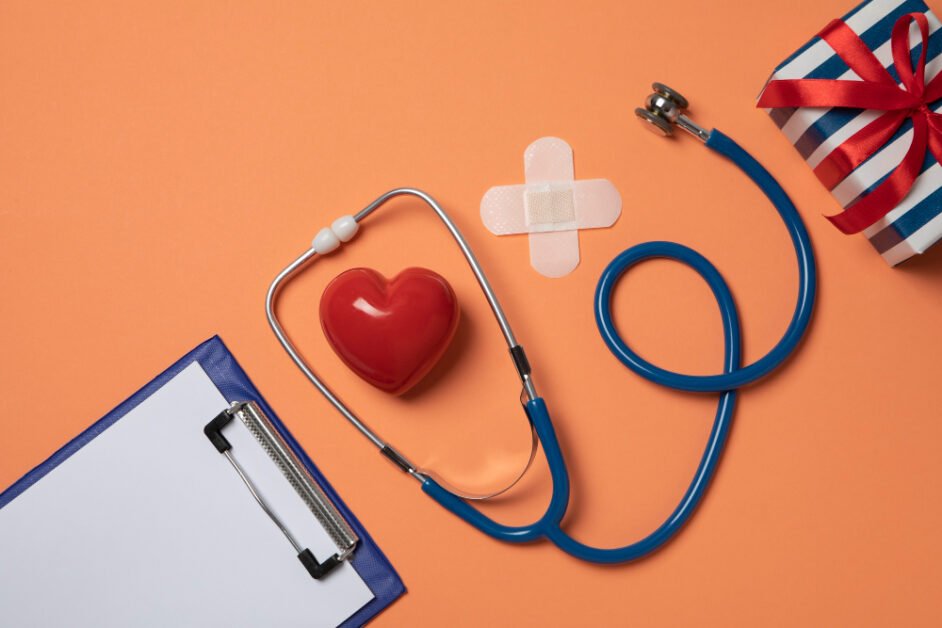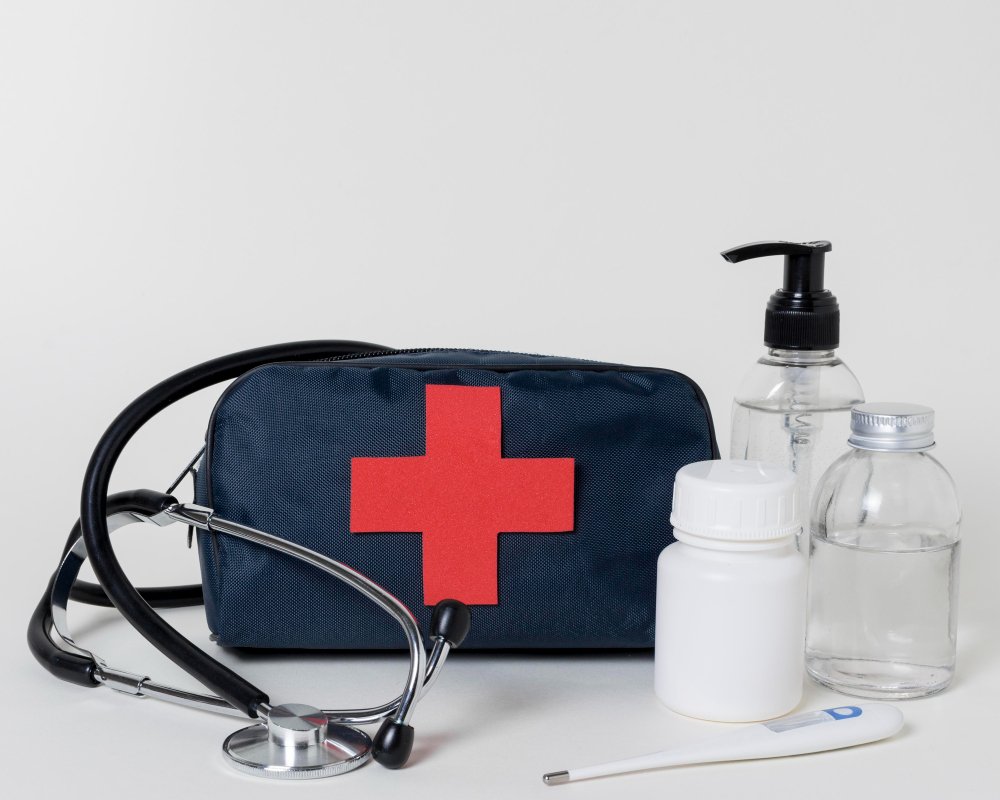Emergencies can strike without warning, making the ability to provide first aid an invaluable skill. Whether you’re at home, at work, or in public, knowing how to respond effectively in the crucial moments following an accident can save lives and reduce the severity of injuries. This article will guide you through the steps to become a certified first aid provider, detailing the benefits, necessary training, and certification process.

Why Become a Certified First Aid Provider?
Becoming a certified first aid provider offers numerous benefits:
- Saving Lives: The primary advantage is the ability to save lives. Immediate first aid can prevent fatalities and stabilize individuals until professional medical help arrives.
- Reducing Injury Severity: Proper first aid can mitigate the severity of injuries, reducing recovery times and preventing complications.
- Enhancing Confidence: First aid training boosts your confidence in handling emergencies, reducing panic and allowing for a calm, efficient response.
- Increasing Employability: Many employers value first aid certification, particularly in industries such as healthcare, education, and public safety.
- Promoting Community Health: Trained individuals contribute to a safer community, capable of providing assistance in emergencies and promoting overall health awareness.
Steps to Becoming a Certified First Aid Provider
- Research First Aid Courses
The first step is to research available first-aid courses. Look for courses offered by reputable organizations such as the American Red Cross, St. John Ambulance, the American Heart Association, or similar bodies in your country. Ensure that the course is recognized and provides comprehensive training covering essential first-aid skills.
- Select the Right Course
First aid courses vary in scope and depth. Some focus on basic first aid, while others offer specialized training such as CPR (Cardiopulmonary Resuscitation), AED (Automated External Defibrillator) use, or pediatric first aid. Choose a course that aligns with your needs and interests. Basic first-aid courses typically cover the following:
- Assessing and managing injuries
- Treating cuts, burns, and fractures
- Performing CPR and using an AED
- Handling choking incidents
- Managing medical conditions such as heart attacks, strokes, and seizures
- Enroll in a Course
Once you’ve selected the right course, enroll through the provider’s website or by contacting them directly. Many organizations offer flexible training options, including in-person classes, online modules, or blended learning (a combination of online and hands-on training).
- Complete the Training
During the training, you’ll learn through a combination of lectures, demonstrations, and practical exercises. Participation is key, as hands-on practice is essential for developing the skills and confidence to respond effectively in emergencies. Pay attention to each module, ask questions, and practice as much as possible.
- Pass the Assessment
Most first aid courses include an assessment to evaluate your knowledge and skills. This typically involves a written test and a practical demonstration of key first-aid techniques. Successfully passing the assessment is required to obtain your certification. Don’t be afraid to review course materials and seek clarification on any concepts you find challenging.
- Receive Your Certification
After passing the assessment, you will receive your first aid certification. This certification is usually valid for two to three years, after which you will need to take a refresher course to maintain your certification.
Maintaining and Advancing Your First Aid Skills
- Regular Refresher Courses
First aid skills can fade over time, so it’s important to take regular refresher courses to keep your knowledge and skills up-to-date. Most certification programs require recertification every two to three years.
- Advanced Training
Consider advancing your skills by enrolling in more specialized courses, such as advanced first aid, wilderness first aid, or first responder training. These courses provide deeper knowledge and skills, preparing you to handle more complex emergencies.
- Stay Informed
Keep up with the latest first-aid guidelines and best practices. Organizations like the Red Cross and the American Heart Association regularly update their protocols based on new research and advancements in medical science.
- Practice Regularly
Regular practice is crucial for maintaining proficiency. Practice first aid techniques with family or friends, participate in community drills, or volunteer for organizations that require first aid support.
Conclusion
Becoming a certified first aid provider is a rewarding and valuable endeavor. It equips you with the skills and confidence to respond effectively in emergencies, potentially saving lives and improving outcomes for those in need. The process involves researching and selecting a reputable course, completing the training, and passing the assessment to obtain certification. Regular refresher courses and advanced training ensure your skills remain sharp and up-to-date.
By taking the initiative to become a certified first aid provider, you not only enhance your personal and professional capabilities but also contribute to the safety and well-being of your community. Don’t wait for an emergency to realize the importance of first aid—take the first step today and make a difference in the lives of those around you.



Warm greetings to all seasoned gamers !
1xbet ng login registration online ensures that players can sign up and log in without delay. The intuitive interface guides you step by step. https://1xbet-nigeria-registration-online.com/. Once your 1xbet Nigeria login registration is complete, you’ll have full access to sports, casino, and bonuses.
For those who prefer traditional methods, 1xbet registration by phone number Nigeria is still a popular choice. Simply input your mobile number and follow the prompts. 1xbet login registration Nigeria supports quick verification through SMS.
Complete your 1xbet registration by phone number Nigeria today – п»їhttps://1xbet-nigeria-registration-online.com/
Hoping you hit amazing grand wins !
average cost of hgh cycle
References:
wehrle